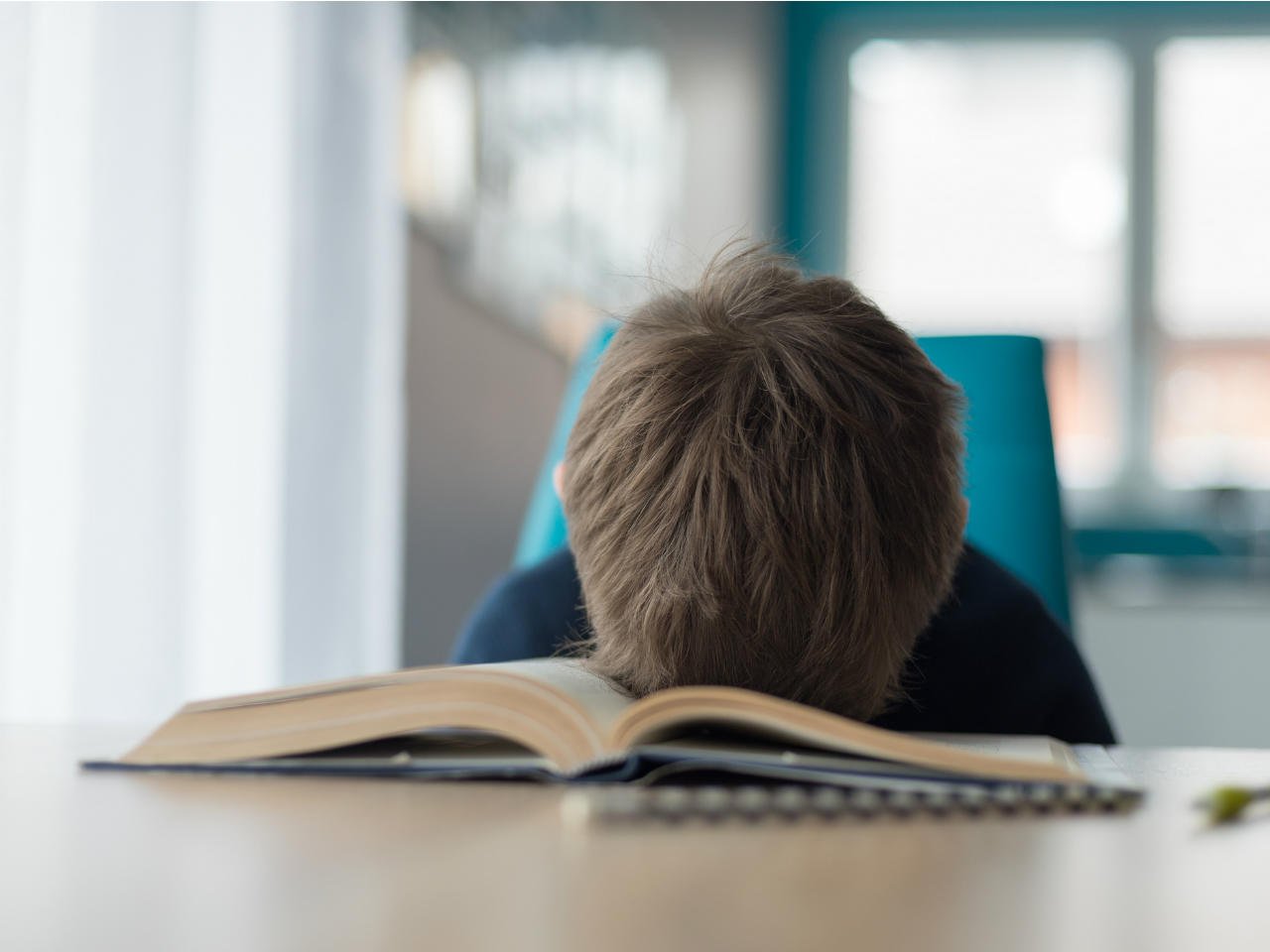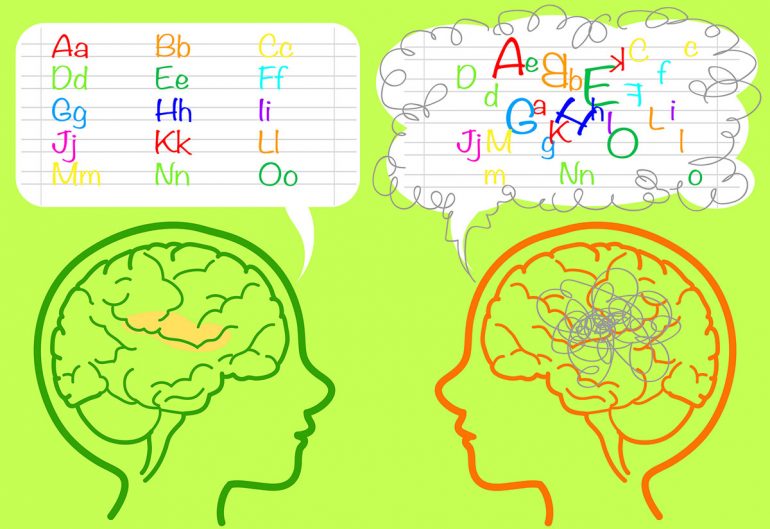Okay, so you’re probably wondering what are the four D’s that no one is talking about.
The four D’s that no one is talking about are often overlooked by many people in the school systems and society.
So what exactly are they and why are they important to talk about? The four D’s that I will talk about are (Dyslexia, Dysgraphia, Dyscalculia, and Dyspraxia).
Dyslexia
Dyslexia has been around for many years but why hasn’t anyone ever really noticed it or why are we just now taking it seriously in the school systems?
Did you also know that some states such as Idaho don’t even recognize this disability in their school’s education system?
Dyslexia is perhaps one of the most well-known learning disabilities, yet it remains widely misunderstood.
Contrary to popular belief, dyslexia is not simply a matter of seeing letters and words backward; rather, it encompasses a range of difficulties related to reading, spelling, writing, and comprehension.
Individuals with dyslexia may struggle with phonological awareness, making it challenging for them to decode words and recognize familiar patterns in written language.
Additionally, they may experience difficulties with rapid naming, processing speed, and working memory – all of which can impede their academic progress.
Despite its prevalence – affecting an estimated 5-10% of the population – dyslexia often goes unrecognized in schools.
This oversight can have profound consequences for affected students, who may be labeled as lazy or unintelligent due to their struggles with reading and writing.
Without appropriate intervention and support, these individuals may fall behind their peers academically and experience lasting negative effects on their self-esteem and confidence.
So let’s take a look at what Dyslexia is below.
- A Learning disorder that affects your ability to (read, spell, write, and speak)
- It’s linked to genetics and runs in your family if your parents or sibling has it
- It is hard for children to connect letters and sounds to together to form words.
- There is no cure for this learning disorder but can be managed with support.
Dysgraphia
Another common D that nobody is talking about in the public school system is “Dysgraphia” Well what exactly is it and why a lot of people don’t know about it?
Did you know that this man’s signature-changes-due-to-Dysgraphia and they wouldn’t let him cast his ballot to vote.
Dysgraphia is another learning disability that frequently flies under the radar in public schools.
Characterized by difficulties with handwriting, spelling, and written expression, dysgraphia can significantly hinder a student’s ability to communicate effectively through written language.
Children with dysgraphia may struggle to form letters properly, maintain consistent spacing and sizing, and organize their thoughts coherently on paper.
In the classroom, dysgraphia often manifests as messy or illegible handwriting, which may be mistaken for carelessness or lack of effort by teachers and peers.
However, the underlying challenges faced by individuals with dysgraphia are far more complex and can impact various aspects of their academic performance.
Unfortunately, the lack of awareness surrounding dysgraphia means that many students do not receive the specialized instruction and accommodations they need to overcome these obstacles and succeed in school.
Let’s list the facts below of what it is and how it can also be treated.
- A learning disability that affects writing abilities
- Commonly occurs with AD/HD and other learning disabilities
- There is no cure for this learning disability but can be managed with support
- Kids often have trouble forming letters and shapes and following on a line
Dyscalculia
Dyscalculia is a math learning disability that impairs an individual’s ability to learn number-related concepts, perform accurate math calculations, reason and problem solve, and perform other basic math skills.
Dyscalculia is a specific learning disability that affects an individual’s ability to understand and manipulate numbers.
Students with dyscalculia may struggle with basic arithmetic operations, number sense, and mathematical reasoning, making it difficult for them to keep pace with their peers in math-related subjects.
From counting and telling time to grasping concepts like fractions and percentages, individuals with dyscalculia face numerous challenges in the classroom.
Despite its prevalence – affecting an estimated 5-7% of the population – dyscalculia is often overlooked or misdiagnosed in schools.
This oversight can have serious consequences for affected students, who may develop feelings of frustration, anxiety, and inadequacy about math.
Without targeted interventions and accommodations, these individuals may continue to struggle academically and experience a heightened risk of falling behind or disengaging from their studies.
Let’s take a closer look at the facts below.
- Also commonly found in children diagnosed with ADHD
- Researchers think it is developed by genes and hereditary
- 5 to 10 percent of children in school have this disability.
- Has trouble with counting, word problems, and math facts
Dyspraxia
Dyspraxia is a neurological disorder that impacts an individual’s ability to plan and process motor tasks. Individuals with Dyspraxia often have language problems, and sometimes a degree of difficulty with thought and perception.
Dyspraxia, also known as developmental coordination disorder (DCD), is a neurodevelopmental condition that affects motor coordination and planning.
Children with dyspraxia may struggle with tasks that require fine or gross motor skills, such as handwriting, tying shoelaces, or participating in sports activities.
Additionally, they may have difficulties with spatial awareness, balance, and sensory processing, which can further impact their ability to navigate the physical and social environments of the classroom.
In many cases, dyspraxia goes unrecognized or misinterpreted as clumsiness or laziness, leading to feelings of frustration and inadequacy in affected individuals.
Without appropriate support and accommodations, students with dyspraxia may struggle to participate fully in classroom activities and may be at risk of academic underachievement and social isolation.
Let’s look at the facts below about this disability and why it’s important to know.
- For children who struggle with fine and gross motor skills
- Occupational or Physical Therapist can help with fine and gross motor skills
- Can be associated with other disabilities such as Autism and ADHD
- It’s important to know that dyspraxia is not an official diagnosis.
Conclusion….
Overall, each disability occurs in many children in our school system but most go undiagnosed or are secretly kept away from the public eye as well as other disabilities such as selective mutism.
However, with the proper help of education and health professionals these disabilities can be monitored and combated and allow any child a better success in the school system and society as a whole.
Addressing the challenges posed by dyslexia, dysgraphia, dyscalculia, and dyspraxia in public schools requires a multifaceted approach that prioritizes early identification, specialized instruction, and inclusive support systems.
Educators must receive training in recognizing the signs and symptoms of these disorders and implementing evidence-based interventions to meet the needs of affected students.
Additionally, greater awareness and advocacy efforts are needed to combat stigma and promote understanding of learning disabilities within the broader community.
Furthermore, it is essential to adopt a strengths-based approach that focuses on the unique talents and abilities of individuals with dyslexia, dysgraphia, dyscalculia, and dyspraxia.
By emphasizing strengths and providing opportunities for success, schools can empower students to overcome obstacles and achieve their full potential academically, socially, and emotionally.
In conclusion, dyslexia, dysgraphia, dyscalculia, and dyspraxia are complex learning disabilities that pose significant challenges for affected individuals within the public school system.
By raising awareness, fostering understanding, and implementing targeted interventions, we can work towards creating more inclusive and supportive learning environments where all students have the opportunity to thrive.
Therefore, I listed below some well-known organizations on each disability that may be helpful to your child if needed.

Resources
Dyslexia: https://dyslexiafoundation.org/
Dyspraxia: https://dyspraxiausa.org/
Dysgraphia: https://risescholarshipfoundation.org/dysgraphia/
Dyscalculia: https://www.dyscalculia.org/
Books About Struggling Readers….
Please leave a comment down below about what disability you have never heard of, and some strategies and tips of how you teach children with a reading, fine/gross motor, or math disability to read.









